Don't miss out on the best jobs!
Subscribe to HelpGoAbroad and weekly we will sent you an email with latest job posts. Provide your email address below
Originating from the Cantonese in Southern China, dim sum is a communal cuisine distinguished by small dishes of dumplings, buns and many other varieties of tasty morsels usually served in three or fours. Back in ancient times, traders and travellers along the Silk Road would practice the tradition of tea tasting while they rested along their journeys, a ritual known as yum cha. Though it was initially believed that people would gain weight when food and tea were consumed at the same time, it was later realized that tea in fact helps digestion and clever teahouse owners began serving the small dishes to accompany their delicious teas.
The evolution of dim sum from a complimentary snack to a full-blown dining experience can be seen primarily in Hong Kong, where bustling multi-story restaurants serve thousands of guests craving their tea and dim sum. The Guangdong province also has its fair share of dim sum restaurants, but Hong Kong is certainly one of the most popular hot spots for authentic dim sum. With the amazing multiculturalism our world has been experiencing, you can find dim sum restaurants everywhere from Melbourne, Australia to Vancouver, Canada!
Dim sum is unique in that it is not usually ordered from a menu, though with the increase of restaurants, this method is becoming more mainstream. The traditional way dim sum is served is by waitresses wheeling around small heated carts with freshly made dim sum in steam baskets or on small plates, straight from the kitchen, making regular stops at each table to offer you their supply of edible goodness. Another interesting quirk about the way dim sum is served is that once dishes are placed on your table, the waitress may whip out a pair of scissors and simply snip the dumplings or spring rolls in half! This not only allows for better sharing, but also allows heat to escape and the food to cool down and be consumed sooner.
But what is all that stuff? These aren’t your average pot stickers or egg rolls like you normally order from Chinese restaurants. There is such an assortment of dishes that almost everyone will be able to find something they like, whether that is the more tame pork BBQ bun or going a little further off the beaten path to try chicken feet! Below is a guide that can help you prepare for the next time you find yourself in Hong Kong, or any Chinatown district in the world, as you’ll be equipped with the low down on everything dim sum.
Steamed Dishes
HAR GOW 蝦餃
A dumpling filled with chopped shrimp inside of a delicate wheat starch skin. Dim sum houses pride themselves on delicious fresh seafood dishes, so this dumpling is usually tender and juicy with fresh prawns.
CHAR SIU PAAU 叉燒包
This bun can be served steamed or baked, but it is filled with Cantonese barbequed pork. The steamed version has a bun that is white and considerably airy, while the baked edition is golden brown and lightly glazed with sugar.
SIU MAI 燒賣
These are open face dumplings that are filled with shrimp, ground pork, or a combination of the two, within a very thin wheat flour wrapper that is wrapped in such a way that the top of the dumpling is uncovered. (These dumplings are especially popular as a street snack in the Philippines!)
Fried
HAM SUI GOK
Made with a chewy rice flour wrapper, this deep fried delicacy is filled with chopped lean cuts of pork, mushroom, and sometimes shrimp and scallions. This is a crowd pleaser for its relatively safe flavours, enjoyable texture and its American symbolism of a football has actually led to many restaurants referring to it as “football” for more Western customers.
SPRING ROLL春捲
A roll typically filled with an assortment of vegetables that usually includes carrots, cabbage, mushroom and wood ear fungus. Meat is not always included but sometimes ground pork or chopped shrimp are included in the mixture. The difference between these rolls and egg rolls is that the wrapper is made of a thin flour skin, rather than thicker egg-based wrapper.
JIN DEUI 煎堆
Traditionally consumed during Chinese New Year, this spherical morsel is comprised of red bean paste in the center and a chewy dough ball that is rolled covered in sesame seeds, and then deep-fried to perfection. Many restaurants place this dish on the dessert cart but it is not exclusively a dessert.
TARO DUMPLING 芋角
This particular dish continues to mystify new comers to dim sum cuisine. The wispy and crispy outside of this dumpling is so delicate and so tasty! Inside of the deep-fried crispiness is a mixture mashed taro (a plant similar to potato, but with its own individual taste that is unique, but not pungent or assertive), shiitake mushrooms, shrimp and pork.
Baked
SOU 酥
This flaky pastry could be interpreted as the Chinese version of an Australian sausage roll. Usually filled with char siu pork, which is pork prepared in a special way that results in the meat to have a red tinge, this “salty pastry” can also be made with pork that was seasoned and prepared in other ways.
EGG TART 蛋撻
This tart is similar to English custard tarts with its flaky pastry type dough for a base, and an egg custard filling. There are variations to this dessert, which include flavouring the custard with taro, mango or coffee, while some places switch up the custard by just using egg whites or just the yolks. Although there is growing awareness about the prized ingredient of bird’s nests, some high-end restaurants make their egg tarts with a serving of bird’s nest on top of the custard.
Other
SPARE RIBS
Dim sum spare ribs are known to be cooked in two different styles, the afore mentioned char siu style, roasting the meat until it achieves a red tint and paai gwat, which is when the meat is roasted to a black tint. You’ll find this dish in the steamed cart paired with fermented black beans and chilli.
LOTUS LEAF RICE 糯米雞
This is not your typical sticky rice. Glutinous rice is packaged into triangular or rectangular servings, which come with a filling of egg yolks, dried scallops, mushrooms, crispy water chestnuts and some sort of meat. The taste differs from usual rice because it is steamed within the lotus leaf, which itself is not consumed, but gives it its unique taste.
PHOENIX CLAWS 鳳爪
These don’t just look like chicken feet- they are chicken feet. First they are deep fried, then boiled and finally marinated in a black bean sauce and steamed. Despite the instinctual assumption that these would be crunchy FEET, they are actually fluffy from the batter applied during their deep fry stage and tender from the boiling and steaming process. They are usually dark red, but there is a variation that is just plain chicken feet with vinegar dipping sauce, which is called White Cloud Phoenix Claws.
Tea Etiquette
As tea is a central part of the dim sum experience, there are a few matters of etiquette that are traditionally practiced. Pouring tea for others before yourself is always customary and even the hand that you use to pour the tea is specialized. If you are pouring tea for someone on your left, it is more polite to use the right hand, and vice versa for someone sitting on your right side. A common Cantonese custom for showing gratitude for your tea is to tap a bent index finger if you are single, but if you are married, you must tap both the bent index and middle finger. This gesture symbolizes the widely practiced respectful act of bowing.
Sign in to publish a comment
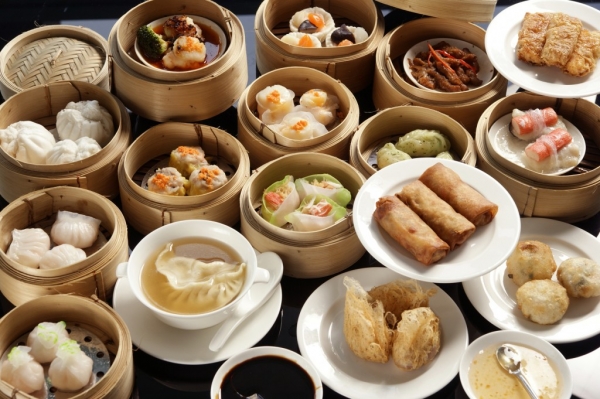
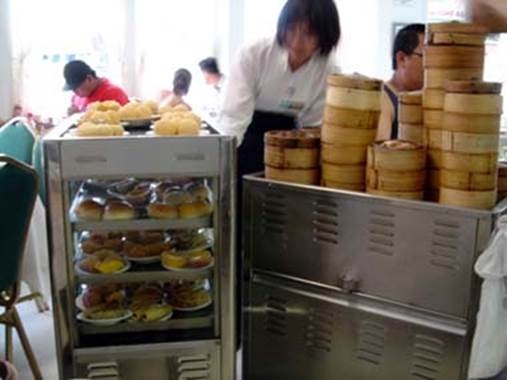
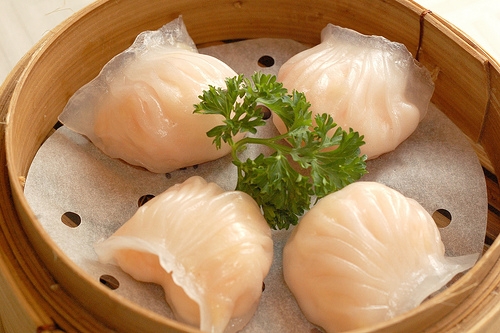
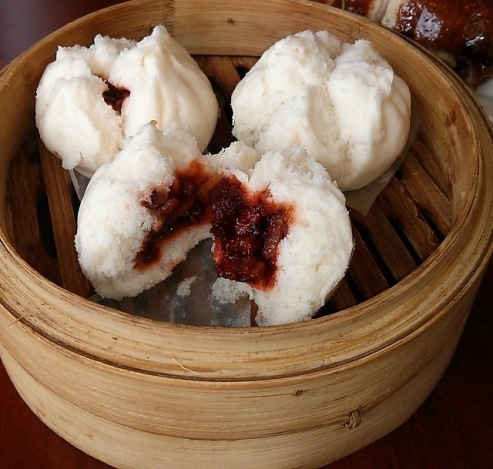
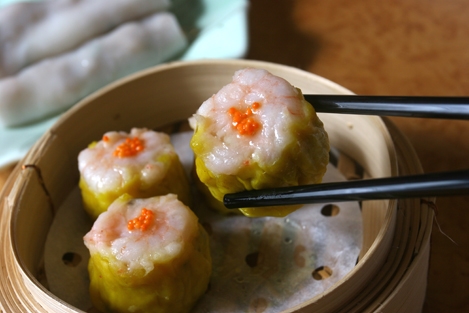
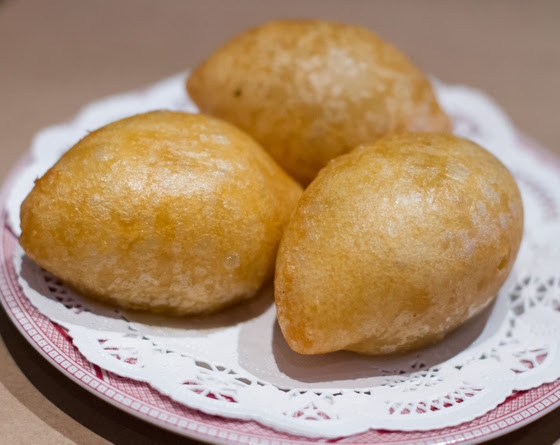
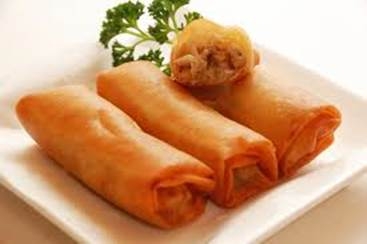
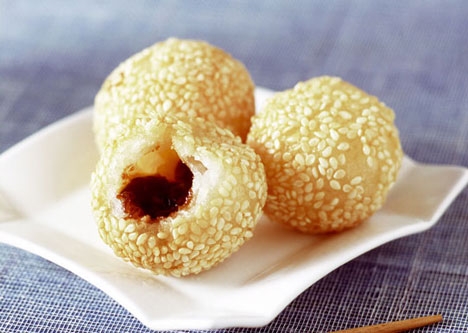
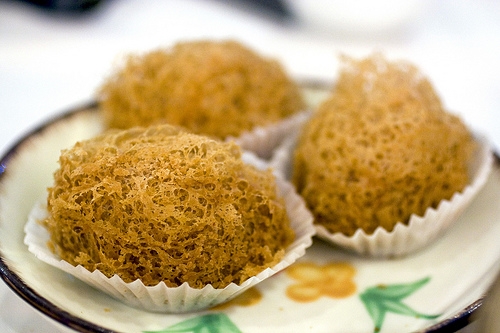
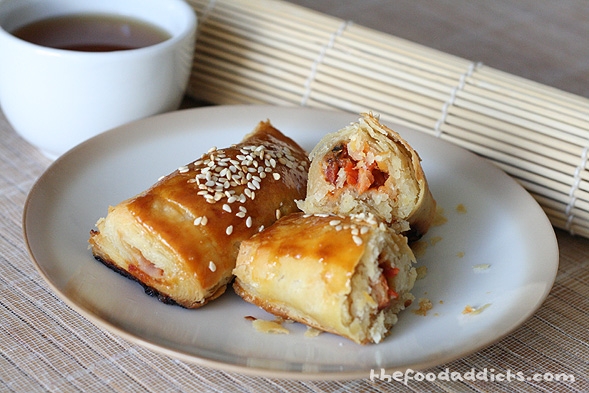
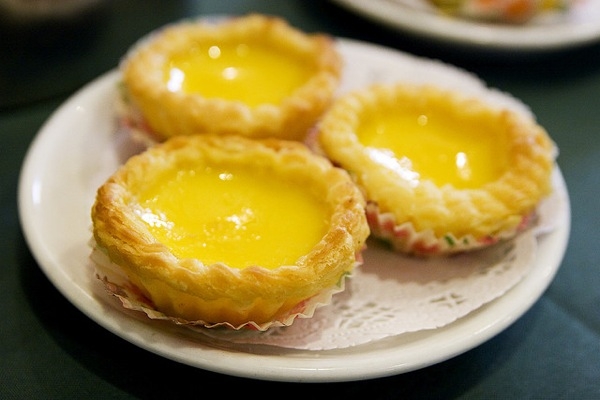
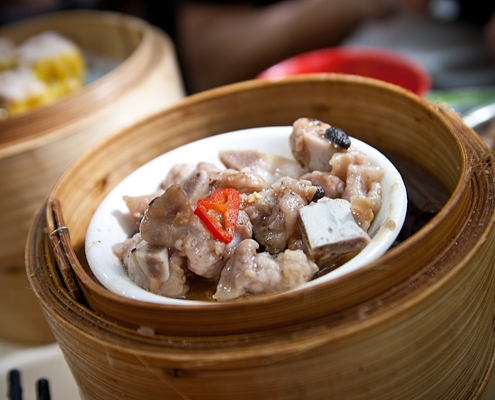
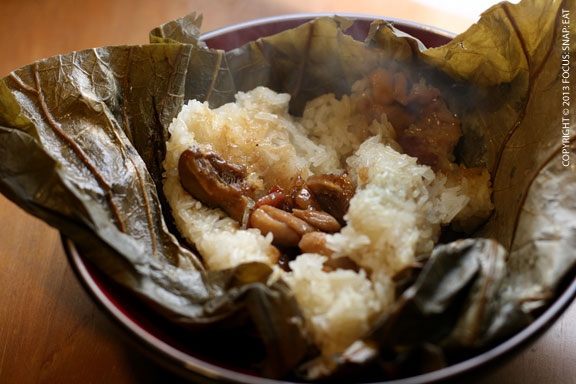
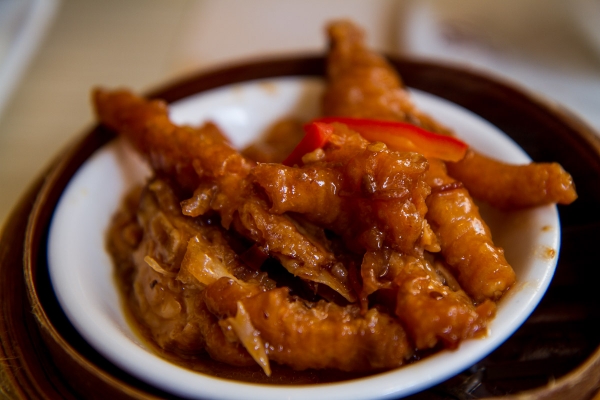
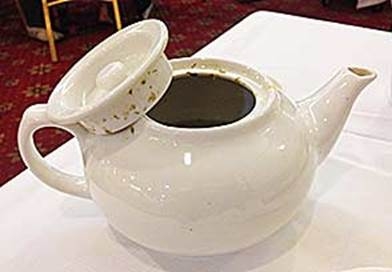
Be the first to comment on this post.